I'm familiar with the definitions of DDL, DML, and DCL as applied to SQL. There are lots of web sites and books that define and explain them. But no one seems to give an authoritative reference.
I'm interested in the origin of these terms. Did SQL invent them? Were they already used historically for other databases? Did some other standard create them, and they were used by SQL? Or did SQL even use them at all in the ISO specifications?
One book indicates that SQL92 included these terms, but I can't find them in the draft available online. (Maybe I'll have to purchase the final SQL92 ISO specification to know for sure.) SQL:1999 switched to a different classification system.
(One reason I'm curious is that, if these were general industry terms not invented by SQL, then it wouldn't necessarily be incorrect to continue using them, complementary to the new SQL classifications.)
Can anyone provide more insight on the origin of these terms, along with authoritative references to any standards or specifications that might have originally defined them?

